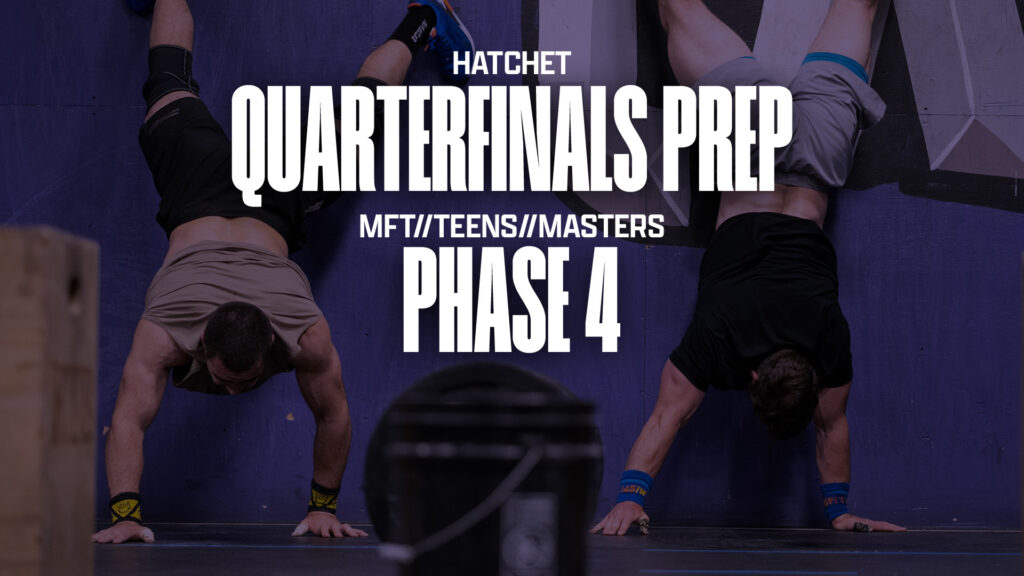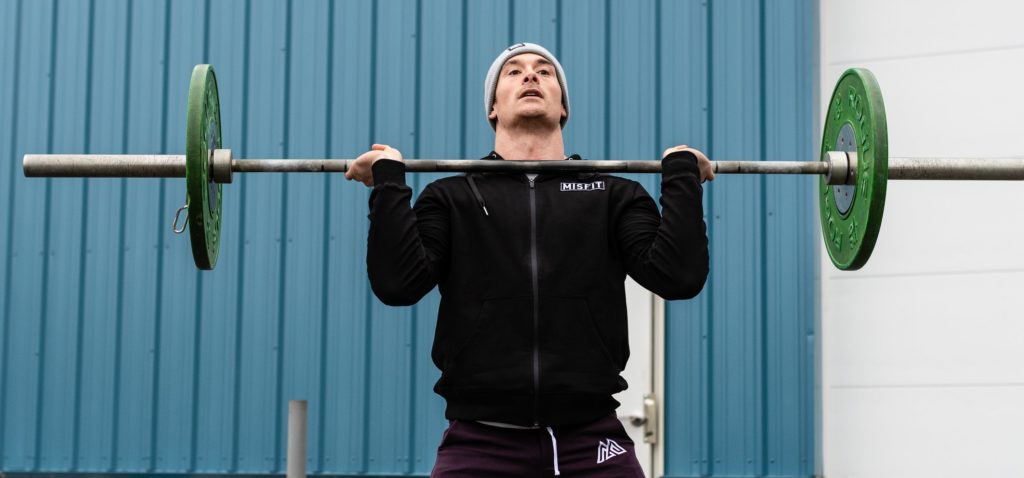Building Athlete IQ: How to Use the Misfit Gears Matrix

Building Athlete IQ: How to Use the Misfit Gears Matrix
In a perfect world, we would have the luxury of remote coaching all athletes following our program. A luxury that is clearly unrealistic for our coaching staff and not financially viable for all athletes. On the bright side, that idea guides us to continually search for ways to bridge the gap from a program subscription to a remote client.
One of the most impactful examples of this in recent years is the Misfit Athletics Gears Matrix. This seemingly simple document encourages you to track your paces relating to the eight different checkpoints of monostructual conditioning that comprise 70-80% of the work we’ll ask you to do in that category.
The origins of the gears matrix combine eleven years of data, a simple remote coaching tool, and a meathead kneeling at the altar of linear progression. It took eight or nine of those eleven years to develop a chart showing the optimal duration of rounds, total volume, and rest periods needed to move the needle in a test re-test format consistently. Along the way, it became clear that the more time spent at different paces that resulted in a trend towards high intensity, the better the re-test data looked. As a remote coach, this led me to track my athletes’ results in a spreadsheet that allowed me to personalize workouts to force that spectrum of paces. Setting aside Zone 2 and Power Output sessions, I found that I could create workouts at roughly eight separate paces that could all trend into uncomfortable territory by the end. Not only should all coaches and athletes have access to this document, but it should also be used to gamify and track progress all year.
How to Fill Out Your Gears Matrix
Getting Started with Your Matrix
- Begin by Downloading: Access and download the Misfit Gears Matrix sheet from our website. If you’ve recently completed a workout that aligns with the work-to-rest periods mentioned in the matrix, record your average pace for that workout in the appropriate column for the machine you used. If you don’t have a suitable recent workout, don’t worry. You can select a workout from our program or pick a sample workout and get after it. This will help you get started with your first entry.
- Estimating Your Gears: After your initial entry, it’s time to estimate your performance across different gears for the same machine. The pace difference between gears for Concept 2 Machines is usually between 2 to 4 seconds per split, and for running, it’s about 10 to 20 seconds per mile. Your aerobic capacity plays a role here—if it’s a strength, your gears will be closer; if it’s a weakness, they’ll be slightly more spread out.
- Filling Out the Sheet: Patience is key. As you incorporate workouts involving different machines, you’ll need to revisit the first two steps to update your matrix. It’s helpful to differentiate between actual data from workouts and your estimated paces to keep your expectations realistic and your goals achievable.
How to Use Your Gear Matrix
Integrating the Matrix into Your Training
- Daily Training Guidance: Almost every day, the Misfit Athletics program incorporates workouts that relate to your gears. Whenever you encounter a workout like ‘Build Ski – 6th Gear’, refer to your matrix to identify the pace you previously achieved for that gear.
- Making Pace Decisions: Before starting your workout, assess your current condition and goals. Ask yourself whether you should maintain your previous pace, slightly reduce it for consistency, or challenge yourself to achieve a new personal record (PR). This decision will help you update your matrix with fresh data.
- Maintaining Consistency: During the workout, focus on sticking as closely as possible to the pace you’ve chosen. Avoid sudden changes in speed or saving energy for a final sprint. Consistent pacing is crucial for accurately assessing your performance and progress. Save that extra pace for a higher-gear workout or your next attempt at another PR.
- Tracking and Analysis: Keep a detailed log of each workout session. In a competitive setting like CrossFit, it’s unrealistic to expect daily PRs, but gradual improvement is essential. Use your logs to inform your training strategy, such as determining the sequence of workouts, adjusting volume, and refining the overall strategy. Consistent effort without results is a warning sign to make adjustments in those categories.
Over time, your estimates will become real numbers and serve as benchmarks for your progress and reference points that can have a massive impact on your Athlete IQ. Coaches and athletes make a common mistake with data sets like this by confusing biasing with specializing. You might get the matrix filled out and notice a specific trend that tries to pull you into the specializing black hole where you repeat workouts and lack variance in your modalities. When you see a perceived weakness like this, the gear range or modality can increase from one day a week to biasing it with a second day. However, the faster workouts, slower workouts, and different stimuli from mixing up your machines are still the real secret here. Extra exposure will never hurt, but remember that desensitization could explain adaptation.
A healthy dose of gears one through eight with a dash of power output work and some zone 2 sessions is the foundation of the engines our athletes possess. The exact prescription, balance, and execution of that is done best in our programs, but I’m willing to drop this information as proof of concept to anyone willing to put the time in to find out.
If you’ve got any follow-up questions, we’ve got a tremendous and free community chat taking place at all times on our Discord channel.
I’m @misfitcoach on Discord & Instagram. Feel free to DM anytime to talk shop.


